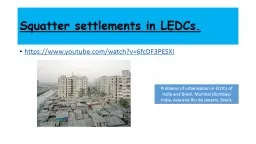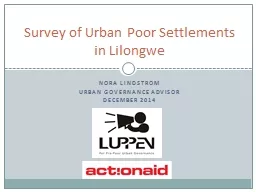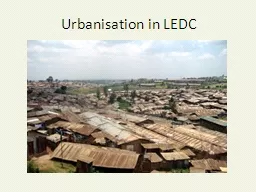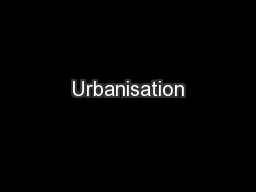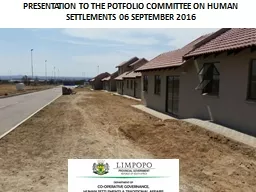PPT-Squatter settlements in LEDCs.
Author : lois-ondreau | Published Date : 2017-01-11
httpswwwyoutubecomwatchv6fcDF3PESXI Published on 14 Oct 2014 Problems of urbanisation in ELDCs of India and Brazil Mumbai Bombay India Asia and Rio de Janerio Brazil
Presentation Embed Code
Download Presentation
Download Presentation The PPT/PDF document "Squatter settlements in LEDCs." is the property of its rightful owner. Permission is granted to download and print the materials on this website for personal, non-commercial use only, and to display it on your personal computer provided you do not modify the materials and that you retain all copyright notices contained in the materials. By downloading content from our website, you accept the terms of this agreement.
Squatter settlements in LEDCs.: Transcript
Download Rules Of Document
"Squatter settlements in LEDCs."The content belongs to its owner. You may download and print it for personal use, without modification, and keep all copyright notices. By downloading, you agree to these terms.
Related Documents

